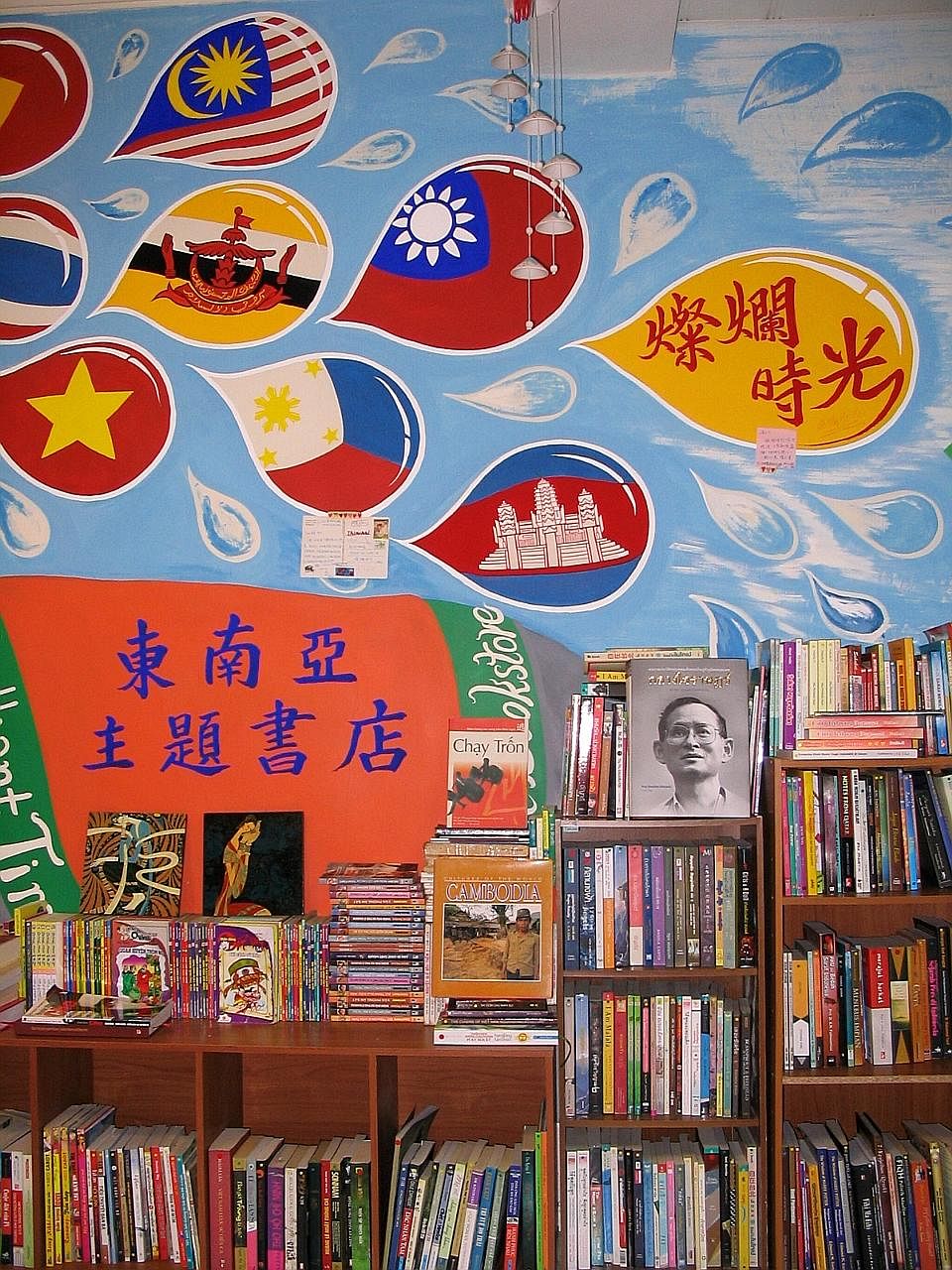While Taiwan's move to grow its presence in South-east Asia and South Asia is making progress, the island needs to play on its strengths in order to boost links with the countries, said the government's top trade negotiator.
With Taiwanese companies and universities already courting some of the countries, Minister without Portfolio John Deng is optimistic Taiwan can make a breakthrough in its efforts despite facing obstacles such as intense competition from Chinese counterparts.
"We have, of course, heard about the competition from China but that is to be expected, and based on the feedback from our partners in the region, we are confident we are on the right track," Mr Deng said.
Taiwan can, for instance, pitch itself as a problem-solver by helping countries develop talent in agriculture or providing know-how on public health and disaster relief management, among other things.
These are areas that Taiwan is strong in and that "China doesn't really focus on", said Mr Deng, who heads the Office of Trade Negotiations. He was speaking to The Straits Times on the sidelines of a security and economic summit last week, where Taiwan's year-old "pivot south" policy was a hot topic.
Dubbed the New Southbound Policy, the NT$4.2 billion (S$188 million) charm offensive aims to boost not just trade and investment but also education and cultural links with 18 countries - comprising Australia and New Zealand and those in South-east Asia and South Asia.
One year on, Taiwan is seeing more tourists from the 18 countries and also doing more business with them.

-
PAYING DIVIDENDS
-
The New Southbound Policy - targeted at 18 countries in Asean, South Asia, Australia and New Zealand - is paying dividends one year after guidelines for the plan were outlined, according to Taiwan's Office of Trade Negotiations.
MORE TOURISTS
There were more Taiwan-bound tourists from the 18 countries. As of June this year, there were 2,223,072 arrivals, a jump of 27.3 per cent from June last year.
MORE TRADE
As of June, total trade with the 18 countries stood at US$112.8 billion (S$153.5 billion), an increase of 11.4 per cent from June last year.
MORE INVESTMENTS
Taiwan has invested more in the 18 countries, according to the Office of Trade Negotiations. As of June this year, the amount was US$97.5 billion. More than 70 home-grown enterprises are working on new investments in these 18 countries.
MORE FOREIGN STUDENTS
As of June this year, 31,531 students from the 18 countries are studying in Taiwan, an increase of 9.7 per cent compared to June last year.
OTHER PARTNERSHIPS
Taiwan's universities, companies and local governments have inked eight agreements or memorandums of understanding in areas that include agriculture and professional training.
Jermyn Chow
The initiative by President Tsai Ing-wen's administration is intended to pivot Taiwan's economy away from China, where two-thirds of its overseas investments and 40 per cent of its exports go.
Relations between the two sides of the Taiwan Strait have worsened since Ms Tsai of the independence- leaning Democratic Progressive Party took office in May last year.
Her refusal to acknowledge the 1992 consensus angered Beijing, which cut official contact, tourist flows and exchanges.
The 1992 consensus is a tacit agreement between both sides that there is only one China, with each side having a different interpretation of what it means.
Some observers see the New Southbound Policy as being at odds with China's ambitious infrastructure programme in Asia.
Ms Tsai, in an interview with Asean media in May, said Taiwan was not competing with China.
Rather, it is about "emphasising Taiwan's own advantages and promoting mutually beneficial development as a member of the regional community", she said.
Still, Taiwan's southern foray is not without obstacles.
For instance, two universities in the Philippines turned down Taiwan's National Sun Yat-sen University's proposal for a research centre on South-east Asia and to teach Filipinos Mandarin, which came with a US$80,000 (S$109,000) government subsidy to fund the project.
The university's international relations expert Titus Chen believes its lack of success had to do with better offers from Chinese universities to set up research centres such as the better-known Confucius Institute. "They will always have deeper pockets and more resources. How do you compete with them?" said Dr Chen.
Professor Alan Yang, an expert on South-east Asia, said Taiwan needs to show its Asean focus is a long- term commitment, not a one-off effort defined by the "election cycle or the government of the day".
"The onus is on the companies and institutions to keep up consistent and proper communication with our partners," said Prof Yang, the executive director of National Chengchi University's Centre for South-east Asian Studies.
Companies, too, cannot be too reliant on the government, which is hamstrung by limited resources and bandwidth, said a business veteran.
"Government representatives may be able to give advice and information but they won't give you money or teach you how to expand," said Kenda Rubber Industrial chairman Yang Yin-ming, who set up shop in Vietnam in 1997 and is likely to head to India as early as next year. "You still need to do your own homework and research to strike it out on your own."
